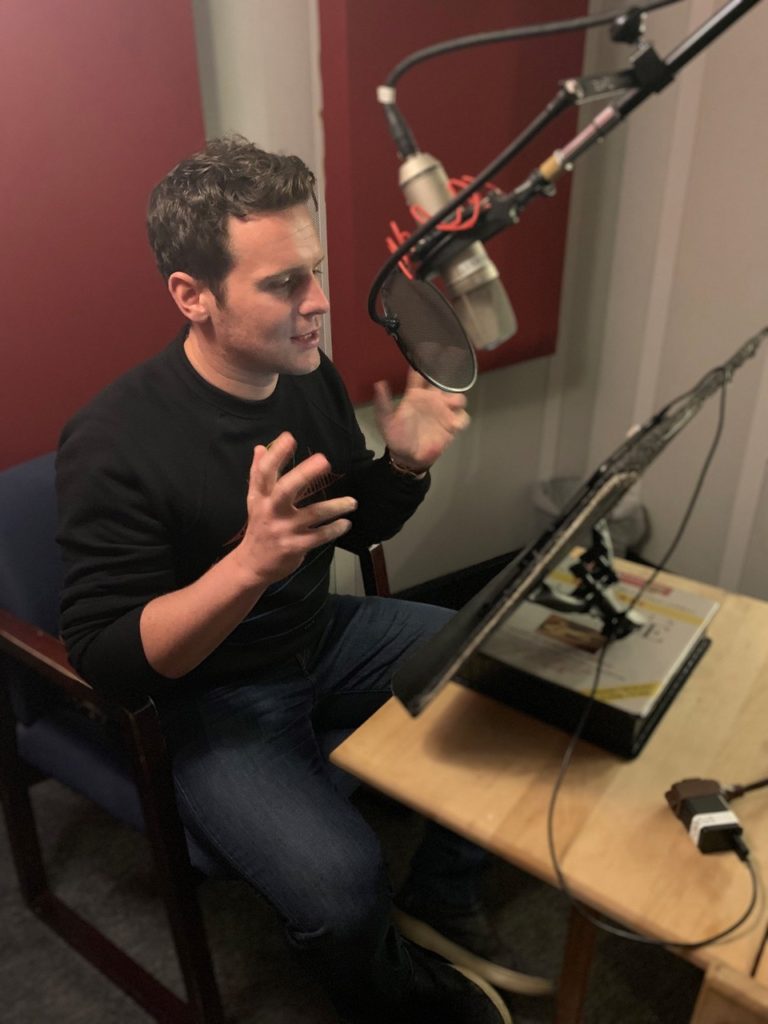Yesterday, it was announced that Martin Tankleff, 42, will receive $3.4 million from the state of New York for conviction and 17 years of wrongful imprisonment in the brutal 1988 murder of his parents in Suffolk County, Long Island.
Mr. Tankleff didn’t commit the murders. But that didn’t stop him from confessing to them.
We first became aware of this case several years ago because of the involvement of Stephen L. Braga, the dedicated and inspired attorney who was so instrumental in freeing the West Memphis Three from prison in Arkansas. When Steve described this case to us, we were shocked by its similarities to what had happened to WM3 defendant Jessie Misskelley, Jr., and later to Amanda Knox in Perugia, Italy.
On the morning September 7, 1988, 17-year-old high school student Martin Tankleff discovered his parents, Arlene and Seymour, beaten and bleeding in their bed. Arlene was dead from stab wounds and Seymour was unconscious and near death. Marty called emergency services, which dispatched an ambulance and police. Marty had blood on his hands from his parents’ wounds, and with the crime having taken place in the home, police reasonably considered him a suspect.
During a long and rigorous interrogation, the grief-stricken Marty denied any involvement and told the investigators that Jerry Steuerman, his father’s partner in a bagel store, owed him a half million dollars, had threatened both his parents and had been at the house the previous night for a poker game.
During the interrogation, Suffolk County Police Detective K. James McCready told Marty that at one point, Seymour had awakened at the hospital and identified him as the attacker. Marty was shocked, but the high school senior stated that his father never lied, so maybe he had blacked out and actually did kill his mother and attack his father. He was then asked to recreate how it might have happened, whereupon Marty gave a highly unlikely and factually inaccurate narrative. When police asked him to sign a statement, he refused, and said he didn’t think he had anything to do with the crime.
Still, he was charged with the murder of his mother and attempted murder of his father. When Seymour died in the hospital on October 6 without ever having regained consciousness, that charge was also changed to murder.
In the meantime, Jerry Steuerman had taken money out of a joint account he maintained with Seymour, abruptly left the area and surfaced in California with his beard shaved and a new name.
On October 23, 1990, after a 13-week trial, Marty Tankleff was found guilty of both murders and sentenced to 50 years to life. By this time, Steuerman had returned and testified at the trial, claiming he had fled because he was afraid he would be charged with the murders, which he said he did not commit.
Over the next dozen years, a number of lawyers and investigators working on Tankleff’s behalf uncovered a sordid story of two hit men allegedly hired by Steuerman and a business relationship between Detective McCready and the lead prosecutor. There was no DNA evidence linking Tankleff to his parents’ attacks and a bloody knife imprint on a bed sheet matched no knife found in the house.
On December 18, 2007, the Appellate Division of the New York State Supreme Court in Brooklyn overturned the conviction. About a week later, Marty Tankleff was released from prison and all charges were formally dismissed the following July.
Arguably, none of this miscarriage of justice would have occurred had the then grief-stricken 17-year-old not been tricked and coerced into a false confession, playing on his unshakeable respect for the father he was accused of killing. If this were an isolated incident we could simply chalk it up to the fact that criminal justice is an imperfect system.
But we see this over and over again in one form or another. In fact, as University of Virginia School of Law Professor Brandon L. Garrett has pointed out in his important book, Convicting the Innocent, false confessions are one of the key reasons for bad convictions, along with jailhouse snitches, junk science, inadequate counsel and biased judging.
It is easy to understand how juries would tend to buy into confessions as the gold standard of proof. After all, why would someone ever admit something he hasn’t done? But the entire legal system has to become more sophisticated about this if we are not to lose faith in the fundamental soundness of the investigative procedure. Because as we’ve often said:
False confessions are easy. True confessions are hard.




























I would love to have someone contact me. My daughter pled guilty, due to certain reasons, of killing her 23 month old. She wasn’t home all that day, her new husband kept her daughter. This is another case of our imperfect justice system.
Thank you
Do you think that new laws or rules should be developed for murder convictions? Perhaps conviction should not be allowed in unless there is physical evidence.
It’s difficult to conceive of an overall rule, Zeno, since each case is so particular. But we certainly think there should be standards for each type of evidence, about which juries are educated.
Thanks for the question.
For crimes that involve a certain level of physical violence such as raper or murder their could be more extra rules. Given that DNA is so common today,this should not be too strict of a rule for conviction. Of course I am not saying that DNA is the only type of physical evidence necessary. It has seemed to get many innocent people out of convictions.